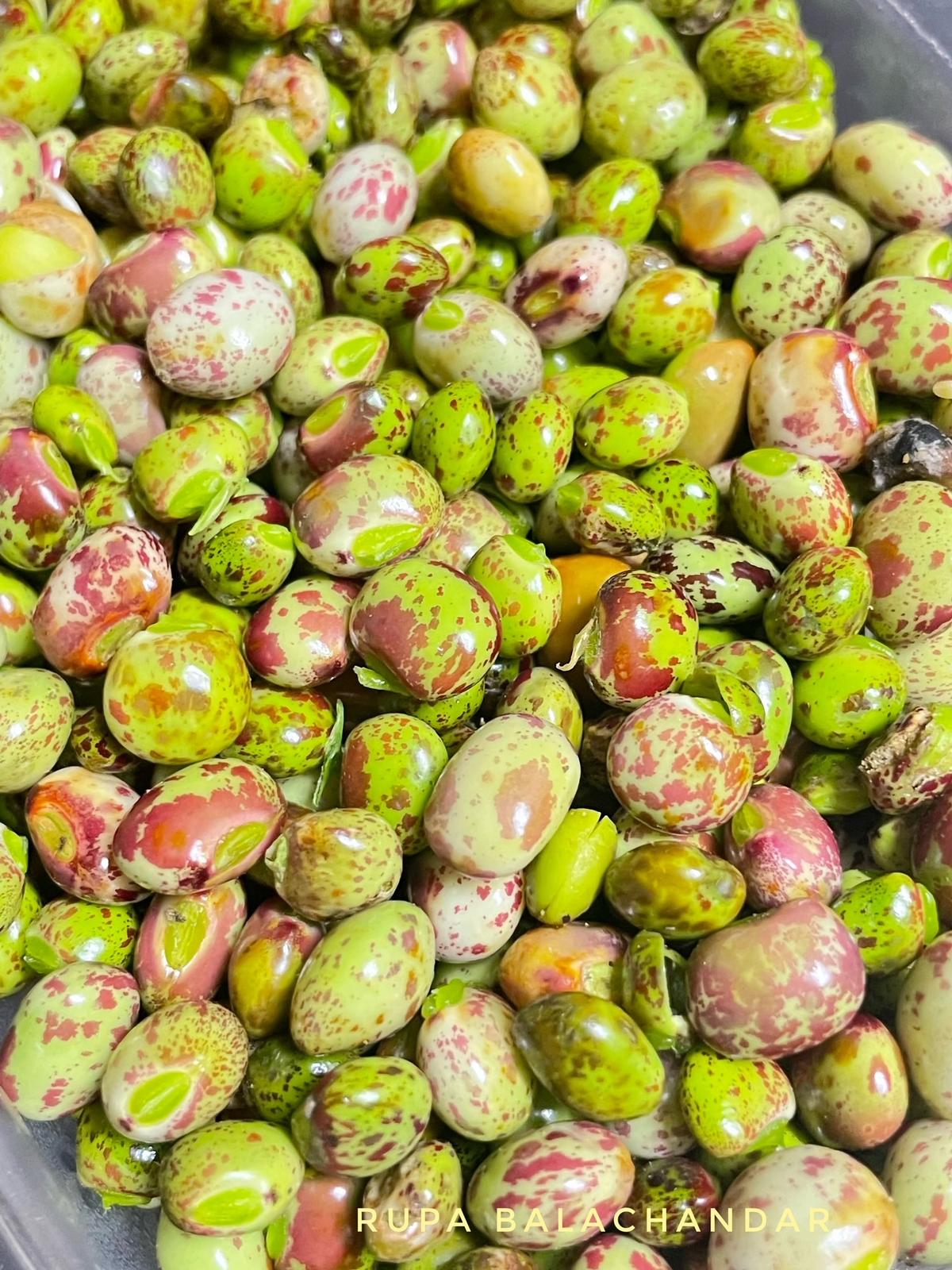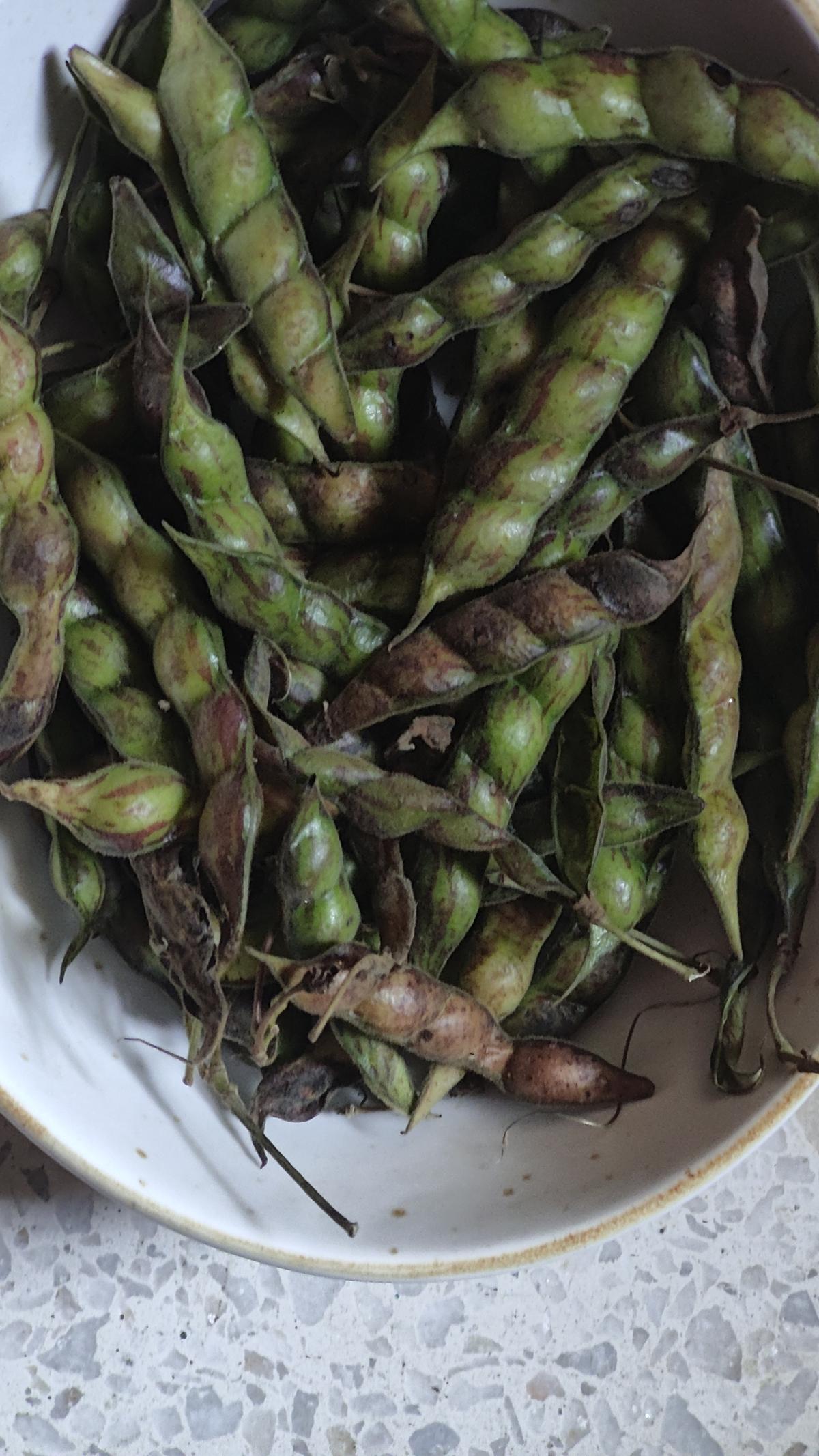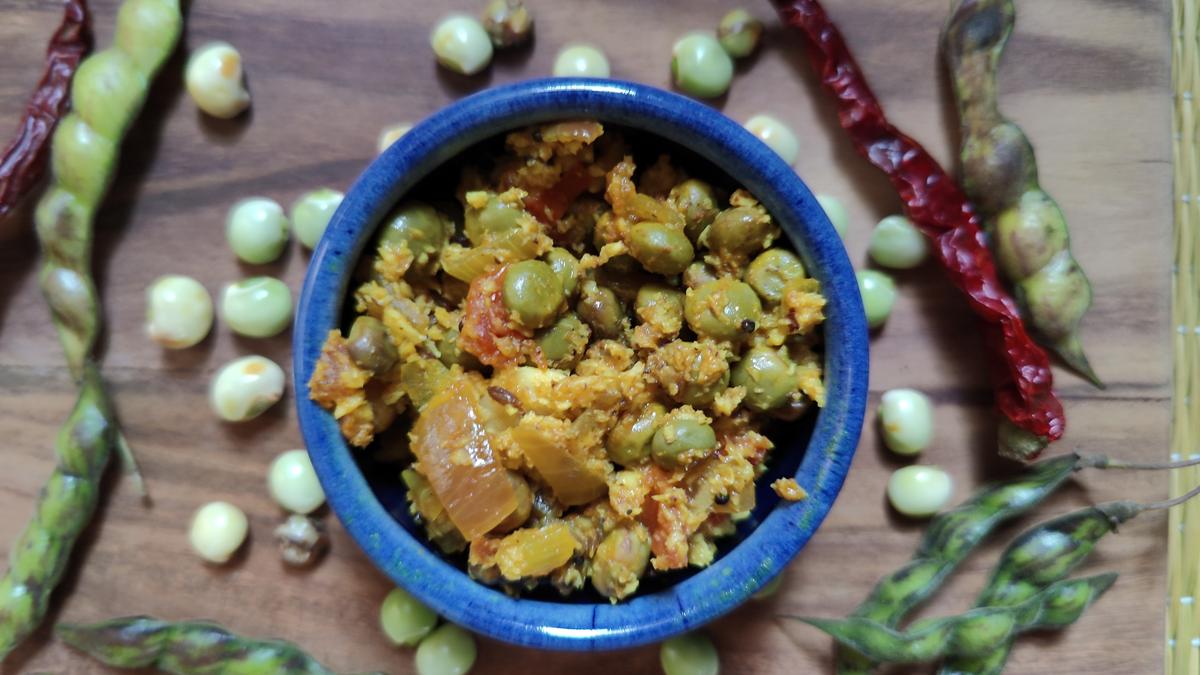Come winter and the local markets are flooded with a plethora of seasonal delights. From root vegetables such as turnips and greens such as sarson (mustard leaves) to a multitude of legumes and beans, there is no dearth of delectable produce during the season.
Luscious toor beans or pigeon peas are one such winter delight. “Pigeon peas known as togarikalu in Kannada, lili tuver in Gujarati and turichya dhanya in Marathi, usually flower during the months of October and November and mature about a month later into the green pods we see in the market,” says Rupa Balachandar, food writer and TV show host.
The mature pods are a deep green in colour while the riper ones are almost brown with the peas inside sporting a pinkish-purple hue with specks of brown. The crop that is grown in tropical and subtropical climates, is extremely popular in Karnataka, although it is sometimes overshadowed by the ubiquitous avarekai (hyacinth beans)!
Power packed
Fresh green pigeon peas are nutrient-rich in composition. “These peas are naturally low in fat and are an excellent source of protein, making them a valuable option for vegetarians and vegans,” says Hitesh Pant, Executive Chef, Sheraton Grand Bengaluru Whitefield Hotel. The peas are a rich source of vitamins and minerals including Vitamin C and potassium.
Pigeon peas
| Photo Credit:
Rashmi Gopal Rao
“Fresh toor peas are high in dietary fibre which aids in digestion and promotes gut health. They are also a good source of vitamins and minerals, including folate, iron and magnesium, contributing to overall wellbeing and energy levels,” adds Rupa.
It is believed the peas positively impact blood sugar and metabolic health. “The complex carbohydrates in pigeon peas provide a steady release of energy, which is beneficial for managing diabetes and maintaining overall metabolic health,” says Chef Sachin Singh, Sous Chef-Indian cuisine, Renaissance Bengaluru Race Course Hotel. The peas are slightly denser in texture than green peas and are characterised by a subtly sweet and nutty flavour.
Versatile ingredient
Pigeon peas lend themselves to a variety of cooking techniques and cuisines. “Fresh pigeon peas are a highly adaptable ingredient that can be included in all three meals of the day in various forms whether boiled, steamed, or added to dishes such as salads, stews and soups,” adds Sachin Singh.
Boiling them with a pinch of salt turns them into a healthy evening snack. Pigeon peas can be prepared as sundal, a traditional South Indian snack where peas are boiled until tender, tempered with mustard seeds, curry leaves, green chilies, and then served with a sprinkling of grated coconut.

Pigeon peas
| Photo Credit:
Rashmi Gopal Rao
Pigeon peas can be incorporated into rich and flavourful curries too. A popular preparation involves cooking the beans with a coconut-based gravy that includes tomatoes, onions and green chillies, along with aromatic spices.
“From curries, dry sabzi and sambar to khichdi and even paratha, this is one versatile bean which also makes a flavourful addition to salads and pigeon pea and avocado toast,” adds Rahul Istwal, Executive Chef, Angsana Oasis Spa and Resort.
Signature dishes
Pigeon peas are an integral part of the elaborate undhiyu from Gujarat. It is traditionally prepared in earthen pots with winter vegetables such as purple yam, green beans and pigeon peas among other seasonal offerings.
“I enjoy digging into a simple hasi togari kalu usli — a North Karnataka dish that takes almost no time to prepare. It tastes divine with jaloda roti and a generous helping of ranjaka (kempu chutney). However my all-time favourite is tuvar na thotha, a gravy that is spicy, garlicy and eaten hot off the stove. Generously sprinkled with sev, finely chopped onions and a squeeze of lime, it is served with toasted, buttered, old-fashioned white bread and sweet jalebis to offset the intensely savoury spicy heat from the curry,” adds Rupa.

Pigeon peas
| Photo Credit:
Rashmi Gopal Rao
Flavoured rice similar to vangi bath albeit with pigeon peas is a favourite in Bengaluru apart from olya turichya amti which is a nourishing soupy preparation native to Maharashtra. Fresh pigeon beans are ground with spices such as coriander, dried coconut, onions, ginger, garlic and green chillies, and then boiled and served with a dash of lime. Roasted pearl millet powder is added to give a unique texture to the dish.
“Togri kalu rasam is a favourite in our household during the season and is prepared by boiling the peas and cooking them in a ground mixture of cumin, coriander, green chillies and fresh coconut. Served with a tempering of mustard and curry leaves, this one is a great win in winter,” says Bengaluru-based home maker Parimala SA.
Published – February 10, 2025 12:24 pm IST
